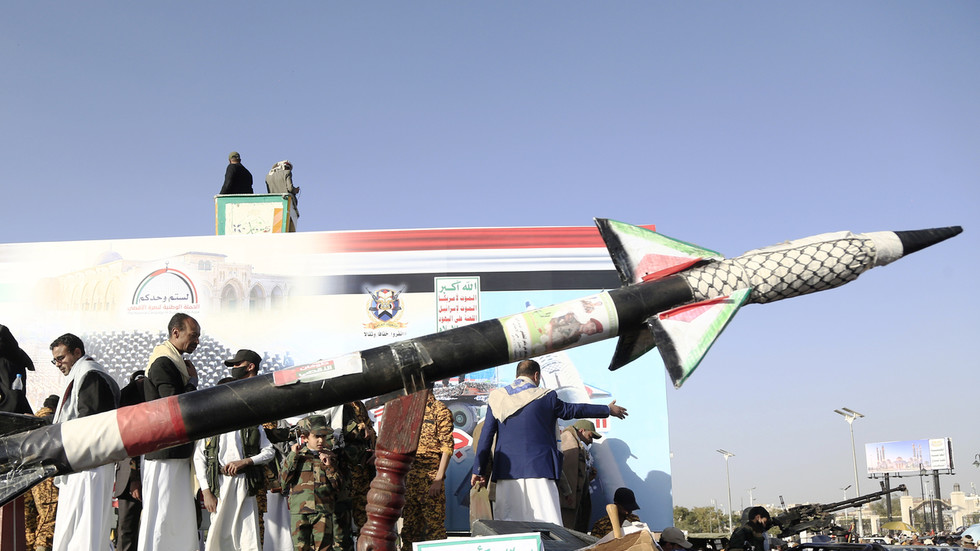In a recent development in Yemen, US and UK forces have conducted renewed airstrikes in Hudaydah province and the capital, Sanaa, amid escalating military tensions involving Houthi forces. According to reports from the Houthi-affiliated Sabaa channel, this military action came shortly following claims by the Houthis that they had targeted the US aircraft carrier USS Harry S. Truman with drone attacks. While these claims heightened concerns regarding the safety of US naval assets in the region, official confirmation of the incident was lacking from either the US or UK military establishments. The Houthis asserted that their offensive actions led to the downing of a US F/A-18 Super Hornet as a countermeasure to previous strikes on Sanaa by US and UK forces.
In a public statement, Houthi military spokesman Yahya Saree touted their operation as a successful retaliatory response that utilized an arsenal of eight cruise missiles and 17 drones aimed at the USS Harry S. Truman and its accompanying destroyers. However, these assertions were met with skepticism from the US Central Command (CENTCOM), which suggested that the incident related to the downed aircraft was an unfortunate case of “friendly fire” involving the USS Gettysburg. An investigation has been initiated to ascertain the specific circumstances surrounding the aircraft’s loss, underscoring the complexity and potential hazards of military operations in active conflict zones.
Amid these escalating hostilities, CENTCOM reported that US forces had undertaken airstrikes targeting Houthi missile storage facilities and command-and-control centers. Additionally, they claimed to have successfully intercepted several unmanned aerial vehicles (UAVs) and an anti-ship cruise missile in the Red Sea. The US and UK military actions are part of a broader effort to contain the threats posed by Houthi advances in the region, especially considering their increasing aggressions towards shipping routes crucial for international trade.
The Houthis, a Shia Islamist group exercising control over significant portions of Yemen, have escalated their military operations against Israel-related commercial shipping in the Red Sea, particularly since Israel intensified its military offensive against Hamas in Gaza. The group’s hostilities have included drone and missile attacks on over 80 vessels linked to Israel since October of the previous year. The shift in targets from solely Israel-associated vessels to US and UK ships appears to align with the wider geopolitical dynamics influencing the conflict, particularly as the Houthis express their solidarity with Palestinian factions in the ongoing Israeli-Palestinian conflict.
Historically, the Houthis’ operations have intensified following a series of deadly raids by Hamas into Israeli territory, prompting a broader response from their military command. Initially, the Houthis engaged primarily with vessels directly tied to Israel, but the scope of their attacks has widened in reaction to Anglo-American airstrikes that escalated tensions in the Gulf region. This increase in hostility reflects the complex interplay of local, regional, and international factors that have shaped the conflict in Yemen and its implications for broader Middle Eastern security.
The situation thus remains fraught with volatility as both US and UK forces continue their military campaigns against the Houthis while attempting to safeguard naval operations and trade routes in the strategically vital Red Sea. The evolving dynamics surrounding the Houthis’ rapidly increasing capabilities and assertiveness, along with the potential for more significant military engagements, underscore the risks of miscalculation amidst ongoing military actions. The implications for regional stability and international maritime security will continue to be a focal point of concern as the conflict unfolds further in the coming weeks.

